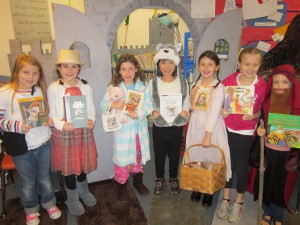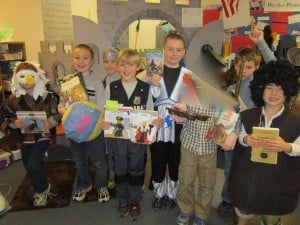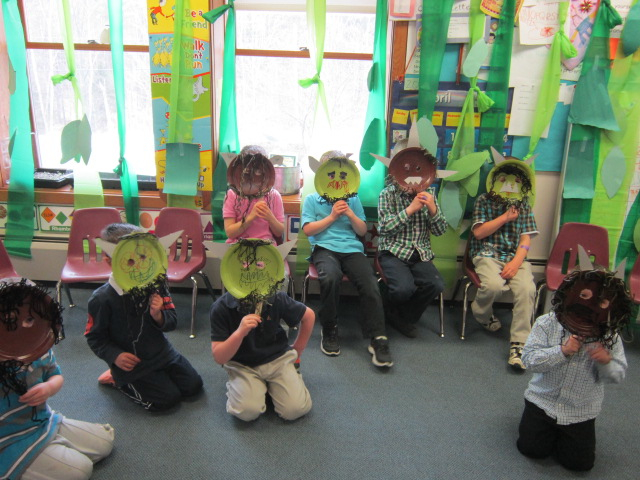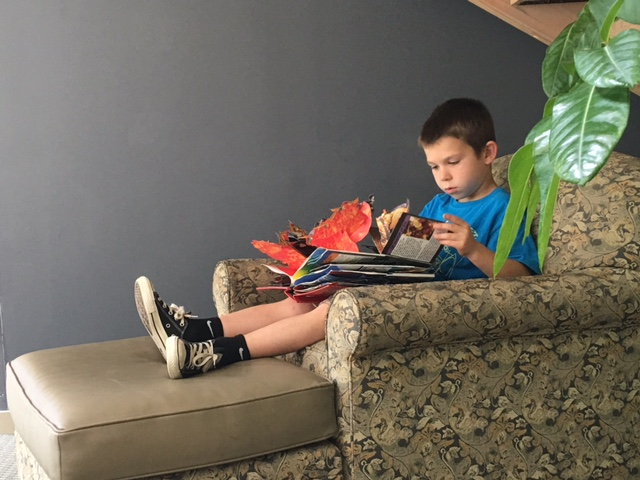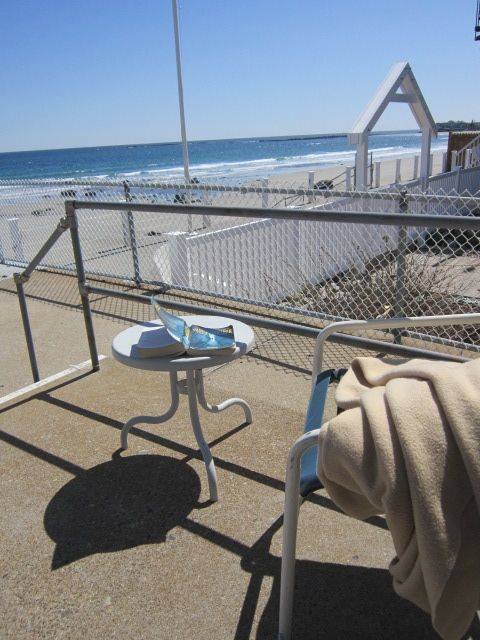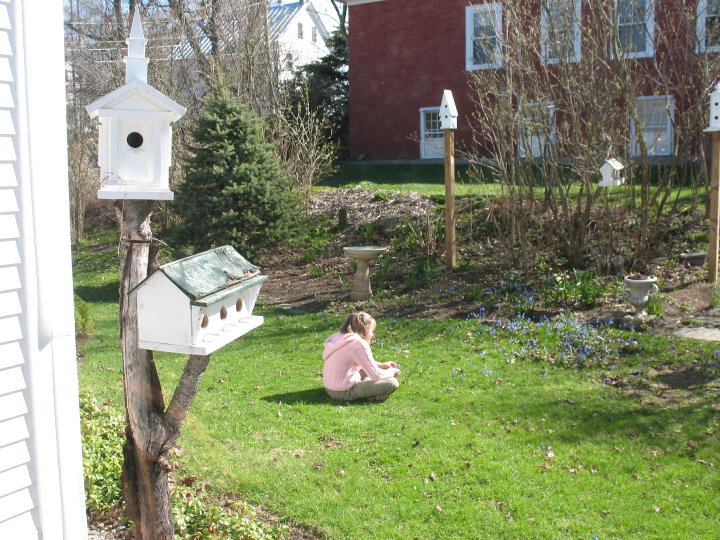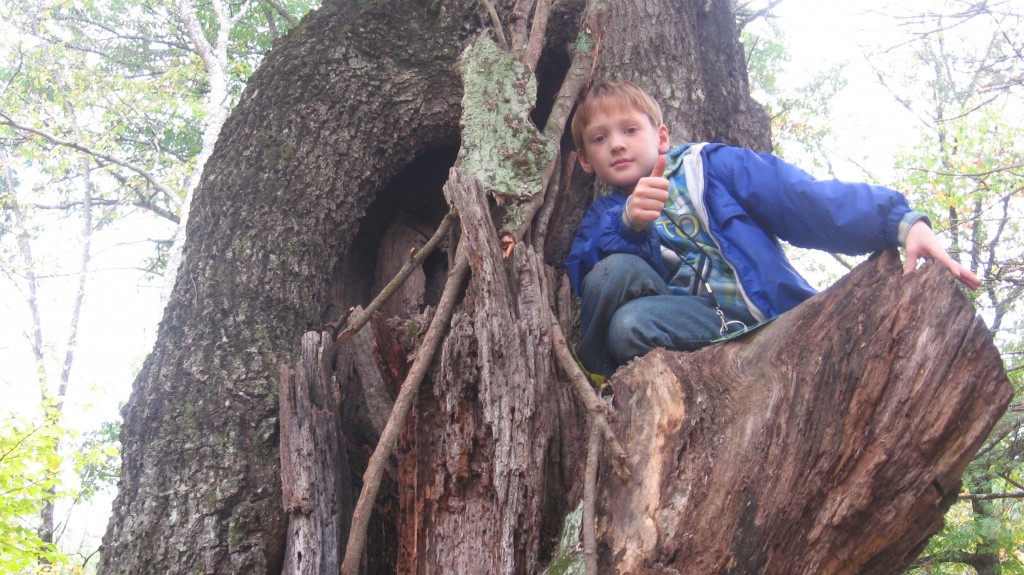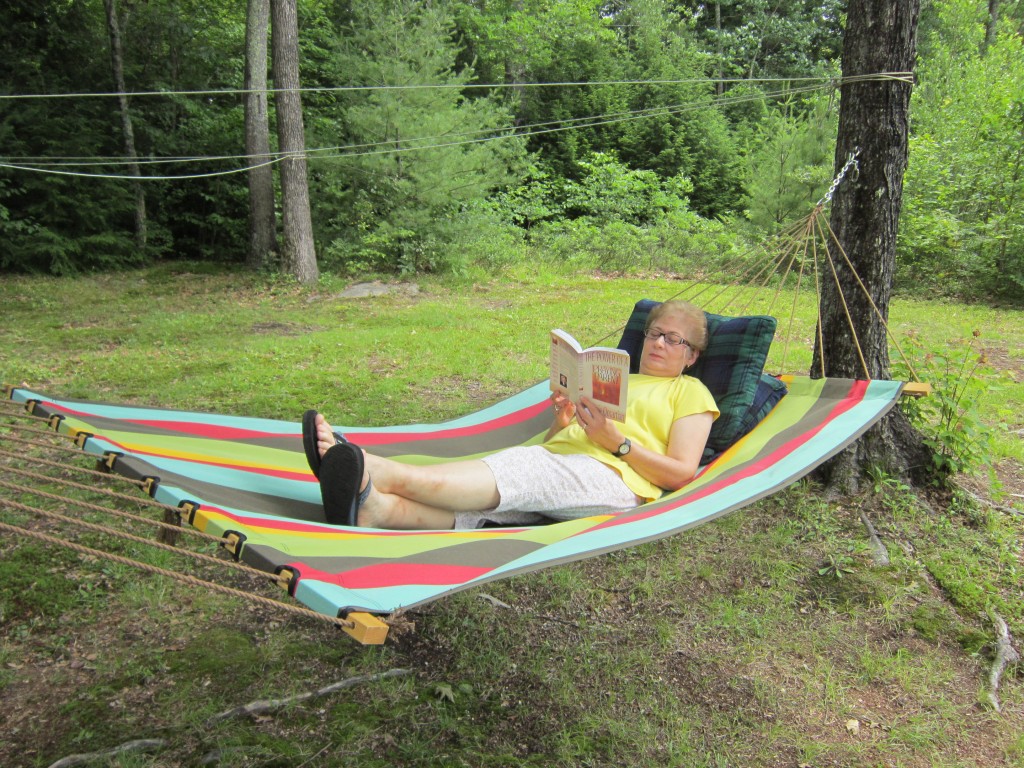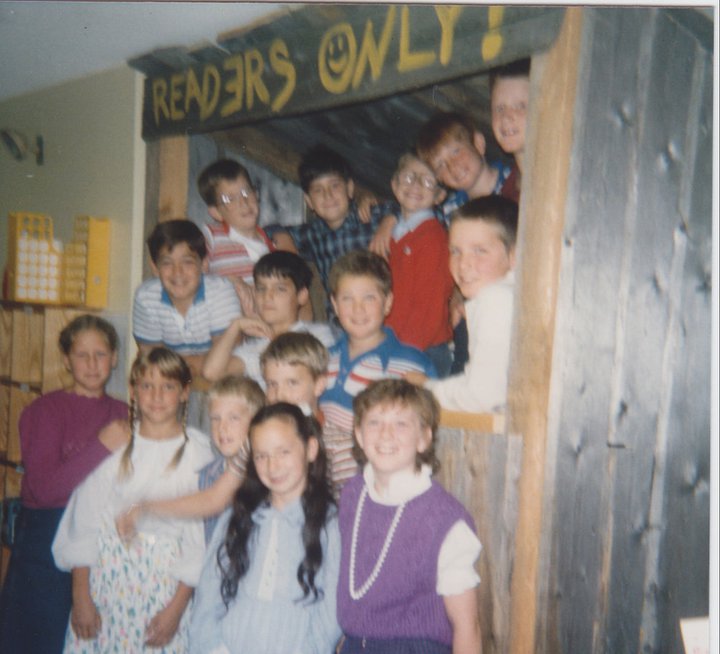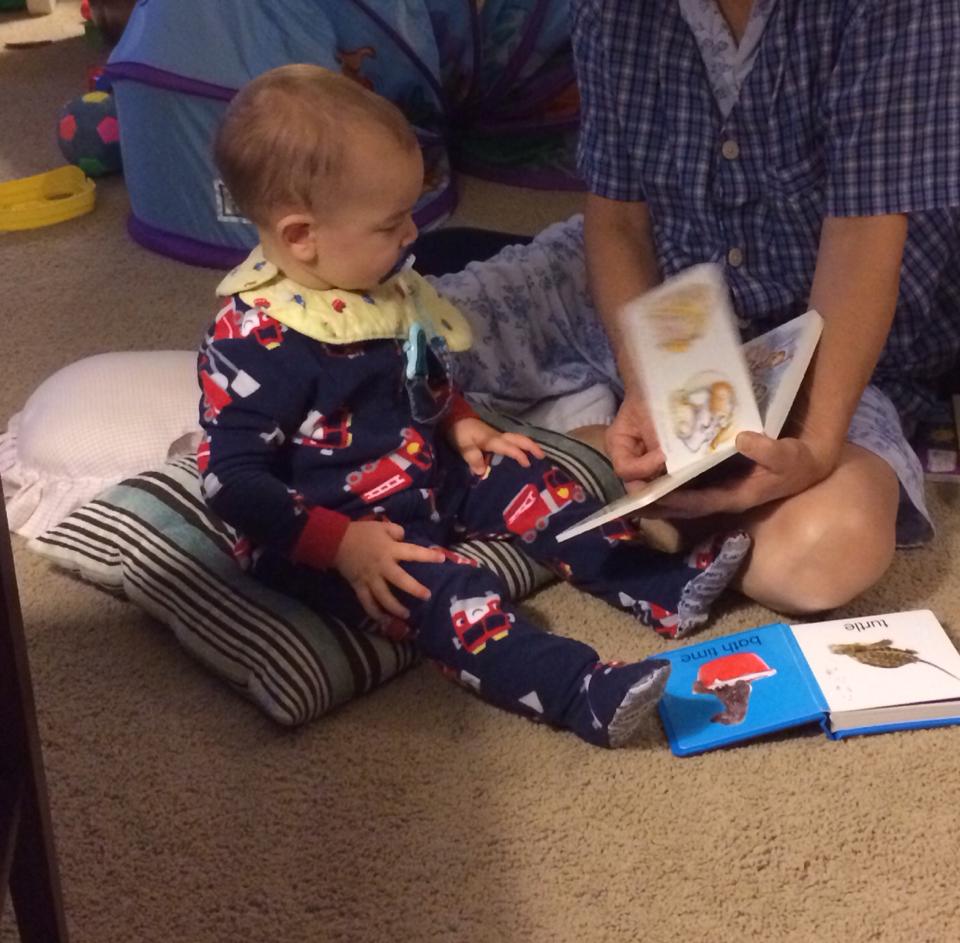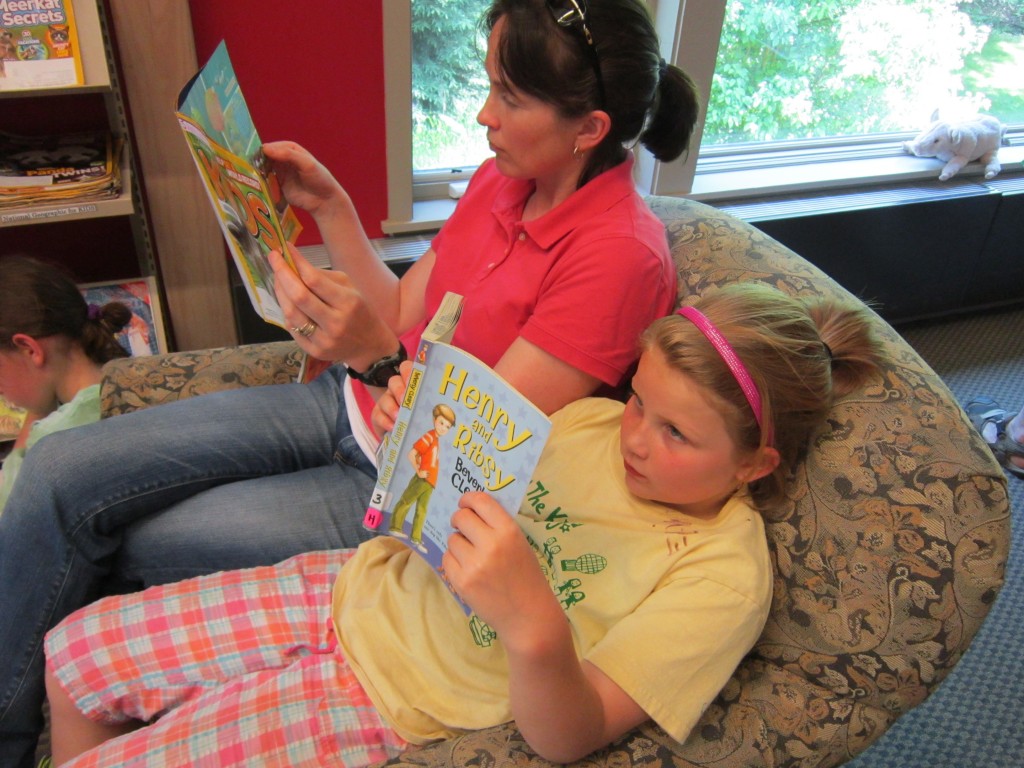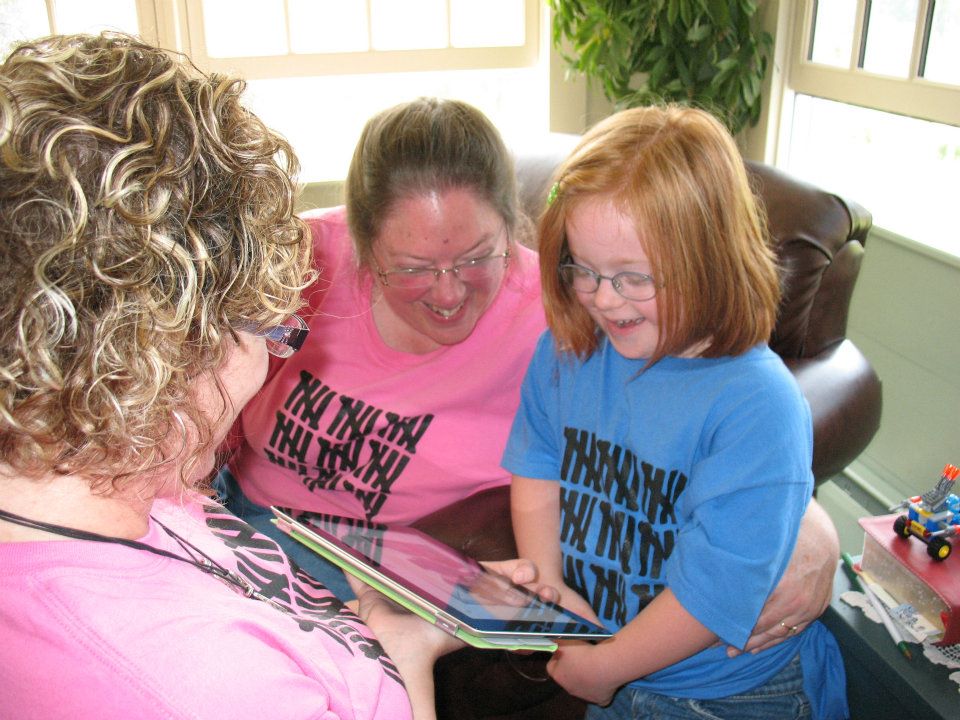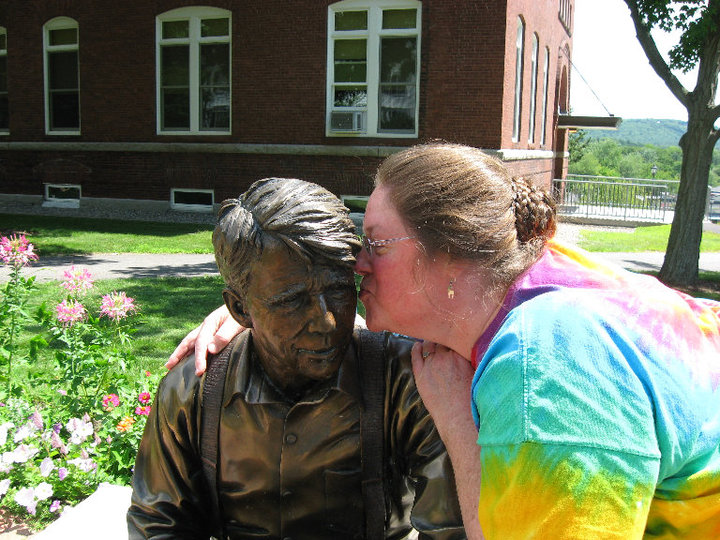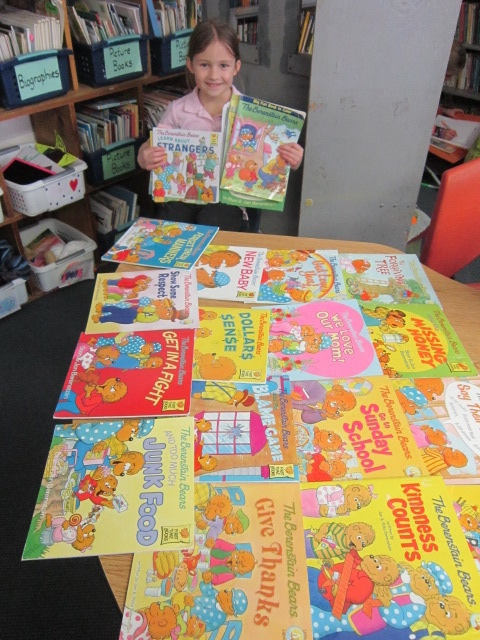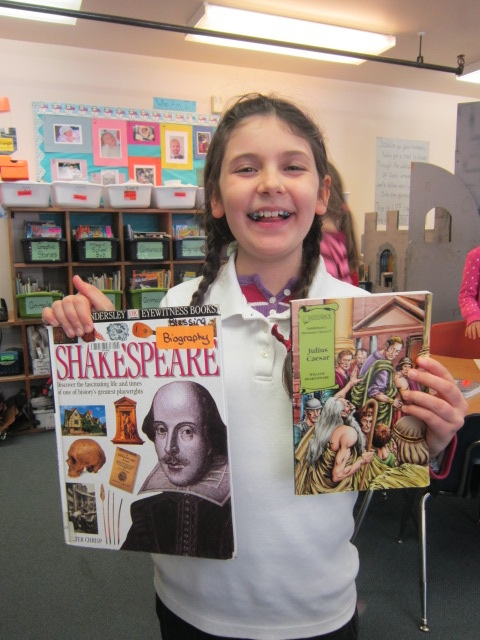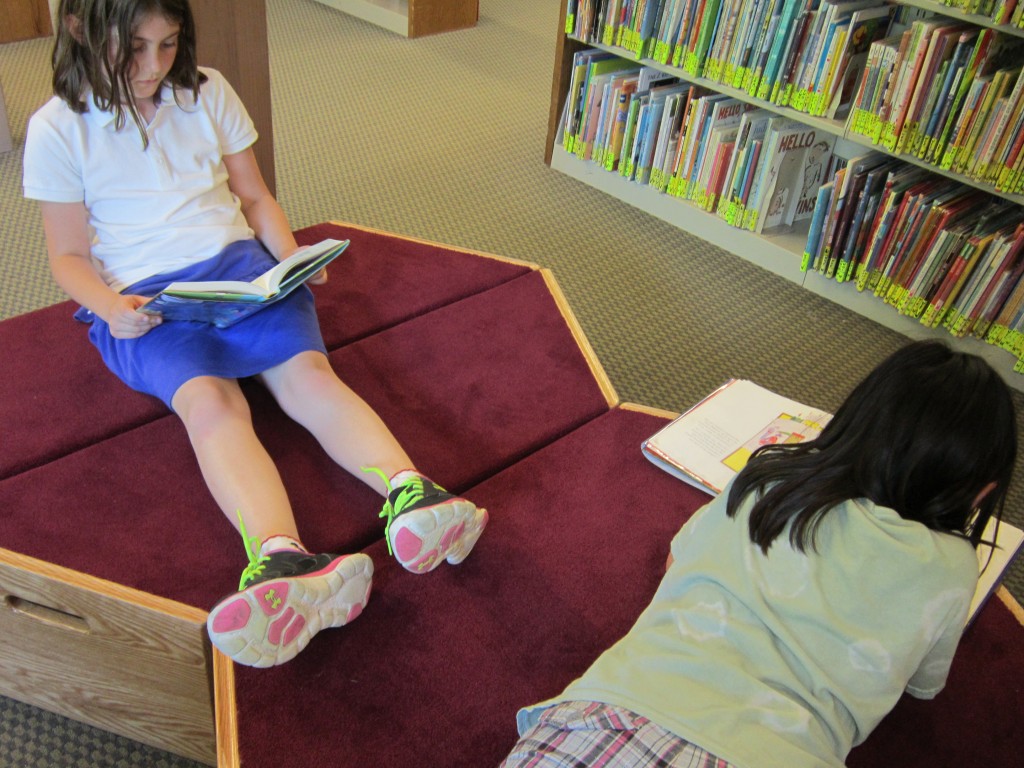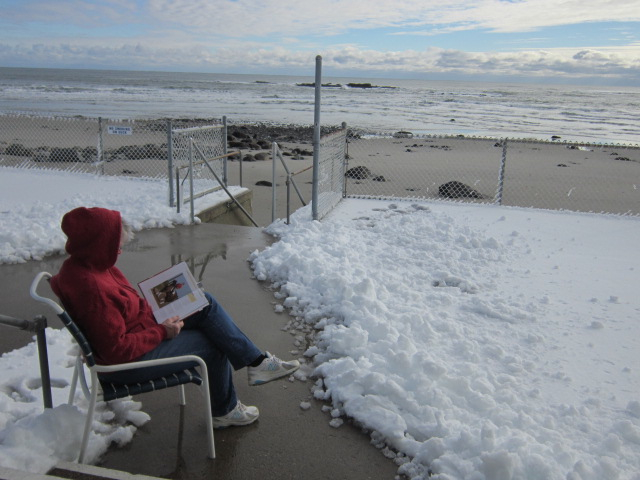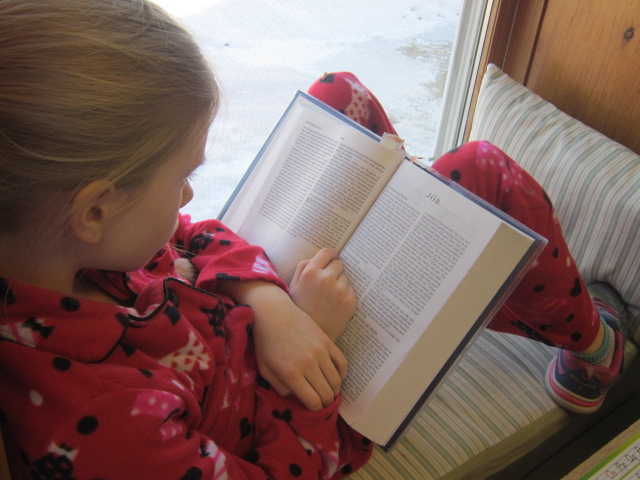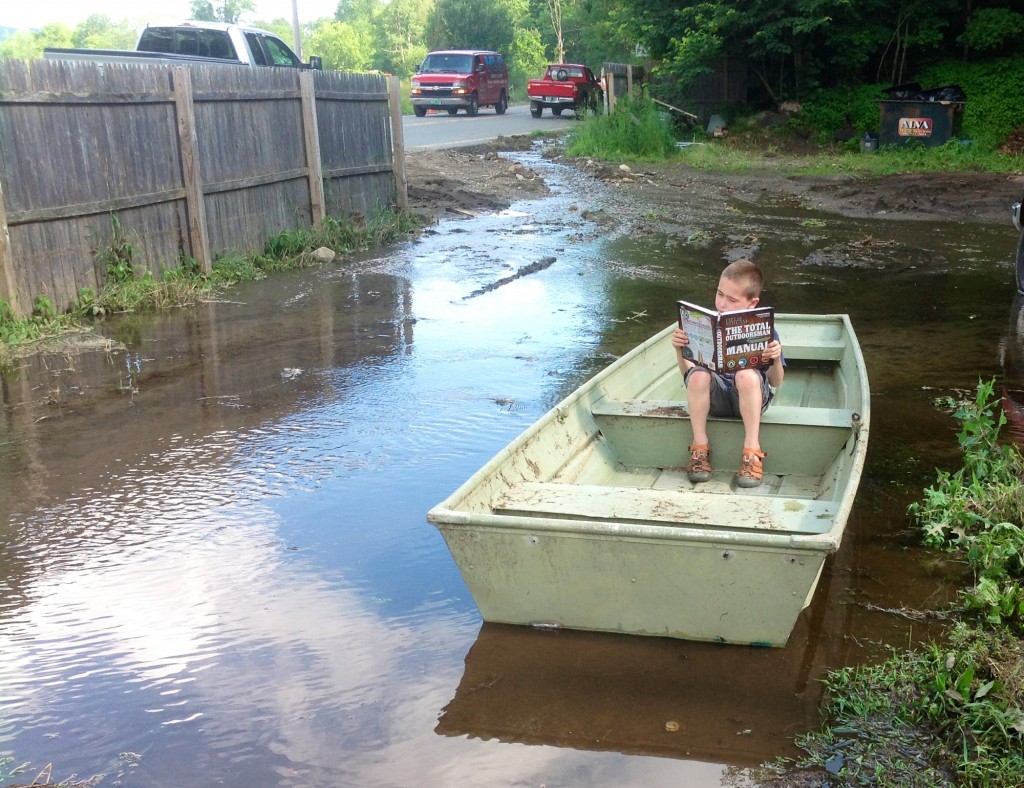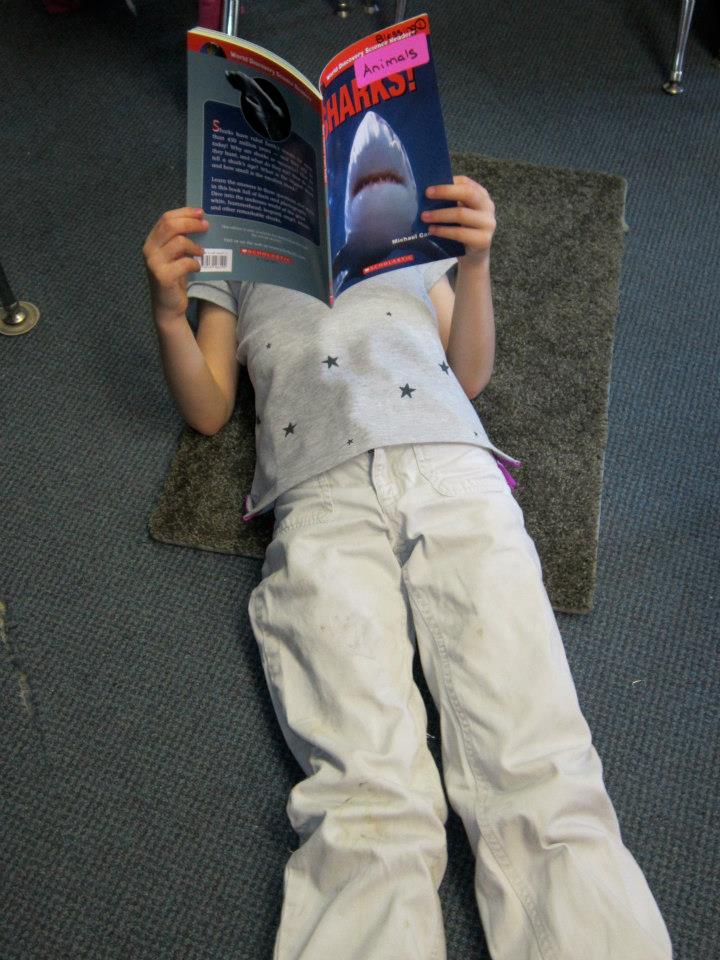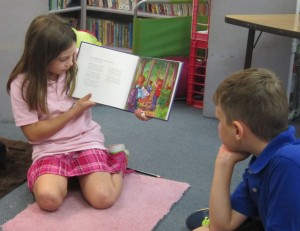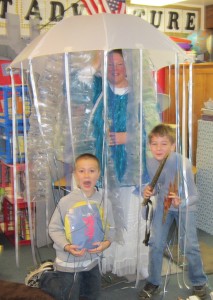
Are you a wild reader? I am! One of my current selections is Reading in the Wild: The Book Whisperer’s Keys to Cultivating Lifelong Reading Habits. Miller’s book is packed with ideas for helping students build capacity for a lifetime of “wild” reading. In other words, we hope they will become readers who don’t need anyone to encourage their reading because they are voracious, motivated readers inside. Here are some tips she shares that I thought might interest you.
(Photos are of our book character costumes from Young Reader’s Day)
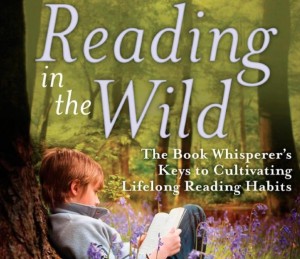
Eight Ways for Parents and Teachers to Foster Wild & Lifelong Reading Habits
by Donalyn Miller
1. Model daily reading habits. As literacy expert Stephen Krashen reminds us, “Children read more when they see other people reading.” Talk with children about what you are reading and why you find reading personally interesting and meaningful.
2. Set aside time for daily reading. If we value reading, we must make time for it. Children who read at least 20 minutes a day score in the top range on reading tests and express more motivation and interest in reading. Even short blocks of time every day are better than bursts of reading on a occasional basis.
3. Carry a book with you everywhere. When packing for trips or running errands, throw books and magazines into the suitcase or back seat. Carrying something to read helps ward off “reading emergencies”—those times when you are stuck waiting without anything to do. The number one way adult readers rack up reading time is stealing short reading breaks in between other obligations. Carrying a book with you shows children how to steal this reading time.
4. Provide a wide variety of reading material. Fiction and nonfiction, print and online magazines, graphic novels and comics—children need access to lots of texts that match their interests and reading ability. You never know what book or topic might engage a child with reading.
5. Read aloud with children. Sharing books with children—even teenagers—reinforces that reading is important and something you find personally rewarding. Through reading aloud, you send pleasure messages about reading and can share books with children that they might not be able to read on their own. With older children, reading together can provide a launching point for discussions and help you connect on a regular basis. Burdened with homework and after school activities, many teens stop reading for pleasure. Reading together can keep them invested.
6. Visit the library often. Beyond free access to thousands of books, libraries offer qualified librarians and staff who can help match reading material to your child’s interest and locate online and print resources to support children’s needs. Most libraries host reading events and programs like summer reading clubs, too.
7. Celebrate all reading. Children read more when they are given choices in what they read. When reading for pleasure, children should control their own book selection with your personal limits on content and topics the only restrictions. Do not push children to read harder books, abandon picture books and comics, or limit their choices by reading levels when selecting pleasure reading books at the library or bookstore.
8. Limit screen time. The more time children spend using electronic devices and watching television, the less they read. While children need digital literacy skills, reading websites and surfing online don’t provide the same vocabulary development or reading stamina that reading books and magazines do. If children read e-books on electronic devices, shut off Internet access and limit other features during daily reading time.
